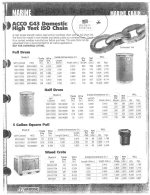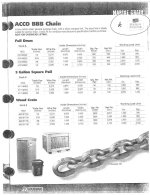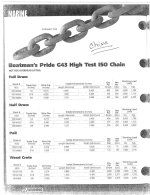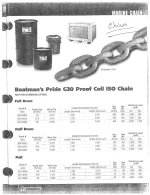cmetzenberg
Member
- Joined
- Jan 4, 2014
- Messages
- 369
- Reaction score
- 0
- C Dory Year
- 2007
- C Dory Model
- 255 Tomcat
- Vessel Name
- Kanaloa
i'm in the market for more chain. I found this http://www.ebay.com/itm/321236797979?_trksid=p2060778.m1438.l2649&ssPageName=STRK:MEBIDX:IT
I asked the guy about quality and her wrote me "i How are you! Actually, we authorize the factory make chain according to our technical specification and control quality by ourselves, we witness factories make for us according to the request process, so, we are technical control and they just make for us only, we inspect each process in the factory."
What are your thoughts guys? should i buy it?
I asked the guy about quality and her wrote me "i How are you! Actually, we authorize the factory make chain according to our technical specification and control quality by ourselves, we witness factories make for us according to the request process, so, we are technical control and they just make for us only, we inspect each process in the factory."
What are your thoughts guys? should i buy it?





